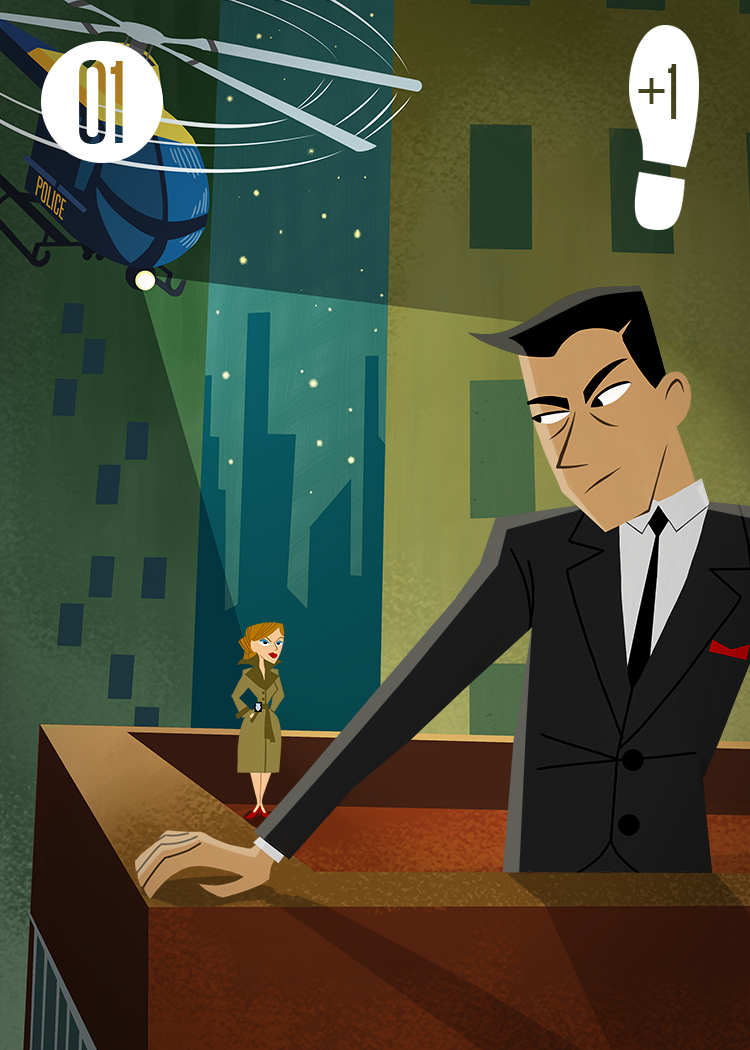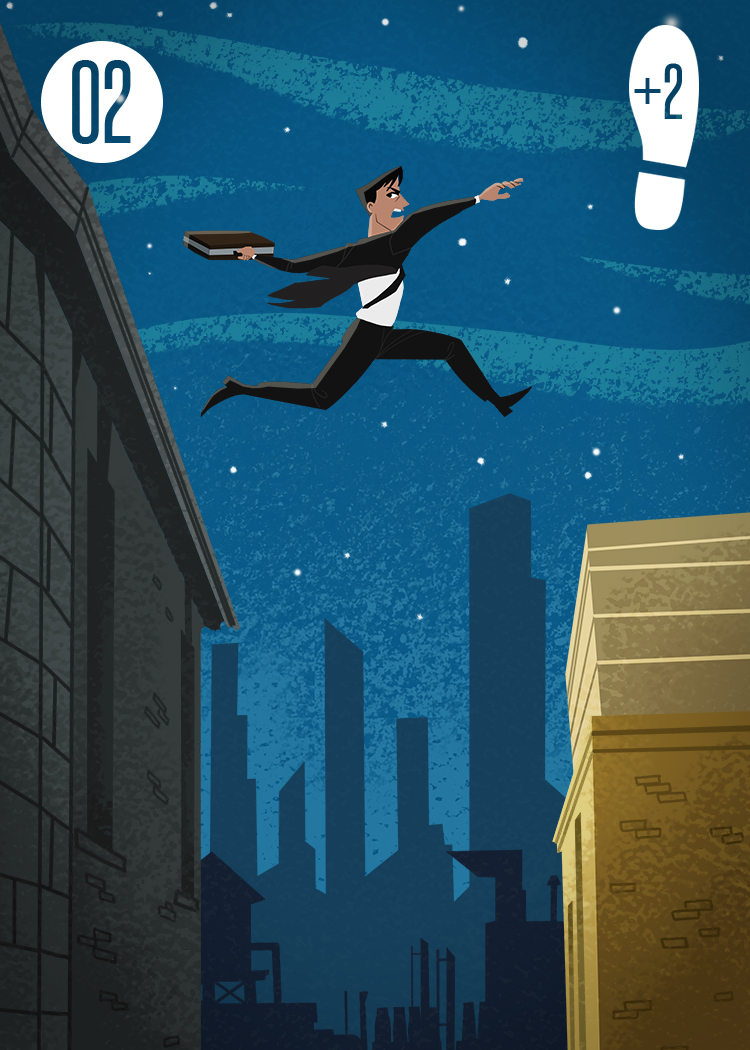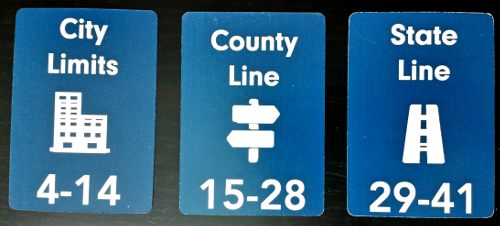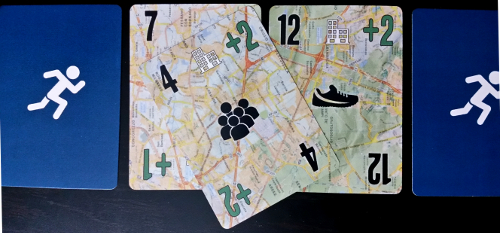Chances are you’ve seen this movie before: one party is on the run, trying to avoid being caught by their dogged and relentless pursuers. Maybe they were framed for a crime they didn’t commit and they’re trying to stay one step ahead of the law. Or perhaps they are legitimately on lam as a result of their cocky and high stakes caper. Or maybe they’re running solely out of a frantic desire to stay alive from forces that want them out of the picture…permanently.
Chase movies have been an integral part of cinematic history. From Buster Keaton’s 1926 silent movie masterpiece The General, to Hitchcock’s unabashedly comedic North by Northwest to Dr. Kimble’s quest to find the one-armed murderer of his wife in The Fugitive, the idea of the chase (and our adoration for it) is constantly being re-imagined. Whether it’s outrunning Terminators, being hunted by your former bosses as a rogue spy, or, well, pretty much every racing movie ever, stories around the chase are alive and well. Whatever the setting, you can be sure they are fraught with tense situations, close calls, and a dramatic final showdown. Regardless if you’re there to cheer on the good guys or the bad guys, the hope of any good chase flick is that it keeps you entertained throughout the entire ordeal.
That also happens to be the central premise behind Fugitive, the latest Kickstarter game from veteran designer Timothy Fowler (of Wok Star and Paperback fame). In this two player game, the entire cat-and-mouse trope has been distilled down into a quick 10-15 minute exercise of deception and deduction, all in a very concise 43 card package. Billed as a thematic sequel to his last title Burgle Bros, this game starts off with the previous one not ending all that smoothly. In Burgle Bros, you play as a team of thieves looking to rob a building and then make your grand escape from the roof.
Except that didn’t happen.
Look, you can argue over who botched the job or sold out his crew, but that’s immaterial now. What’s important is that the whole thing went sideways and you have to get out of town quickly before the Five-O catches you.
Fugitive is an asynchronous card game simulating that scenario. In it, one player acts as the Fugitive. Their goal is to sneak their way out of town before the Marshal gathers enough evidence to flush them out and arrest them. The other player is, of course, the Marshall attempting to do precisely that.
This dance is played out through the game’s Hideout cards, each of which is numbered from 0 to 42. Cards like these, in fact:
The Hideout number is the first of the three characteristics every card has and signifies both the progress the Fugitive has made on escaping as well as potential places to hide from the law. Every game begins at the post-caper Hideout – Card Zero. As a well-trained criminal, however, the Fugitive isn’t just blindly running for it, so it’s only fitting that they start with a handful of assets. In every playthrough, the Fugitive starts with Card 42, signifying your ticket to freedom in a safe, non-extradition country. If they can play that card to the board on their turn, they win. Likewise, the Fugitive, aware of their immediate surroundings, also always starts with Cards 1-3.
The remaining cards are then separated into three card stacks, each indicating different checkpoints the Fugitive needs to get past in order to escape. As such, the Fugitive will begin the game by also drawing a few cards from the first two stacks to formulate their plan of attack.
Turns in Fugitive alternate back and forth between players until one side wins. The game always begins with the Fugitive creating first creating two Hideouts, each of which is played face down next to the card preceding it. To create a Hideout, the card being played must be no more than three digits higher than the previous one. For example, if the last Hideout card put face down was a 7, the next Hideout cannot be higher than a value of 10. If the Fugitive wants to go higher than that, they may play additional cards from their hand face down under that Hideout for its Sprint value, which are always +1 or +2.
You are free to use as many Sprint cards as desired, and it can often be quite beneficial at times to purposely overpay to throw the Marshal off track. Doing so represents part of the game’s deceptive and intriguing nuance. Every card used for Sprinting leaves the Fugitive with one less potential Hideout to call upon as the game progresses, so you must carefully balance using that move.
There will be times when you will be forced to make expensive Sprints to keep moving, but it’s equally possible to play cards solely to keep the Marshal guessing. This psychological part of the Fugitive’s role isn’t just a possibility – it’s encouraged. Much of Fugitive’s innate appeal rests with you playing mind games with your opponent through tactical maneuvering, bluffing, and good old misdirection. For a small game, Fugitive offers ample opportunity for both. Do you try to make an extensive series of small Hideout jumps, or do you use a lot of Sprint cards to leap to a substantially higher Hideout?
In all subsequent turns, the Fugitive draws a card from a stack of their choice and either plays a new Hideout or passes. Sometimes it pays to stand still for a minute.
The Marshal, by contrast, provides quite a different experience. Indeed, the most interesting thing about Fugitive is the asynchronous roles for each player, with both sides offering vastly different goals. While the Fugitive has to contend with acquiring and planning their course of escape, it’s up to the Marshal to use all of the information available to them to deduce where the Fugitive has been. This is done through…guessing.
No, really. The Marshal’s turn consists of drawing a card from a stack and then guessing a number. If the number they guess matches a Hideout card, that Hideout and any Sprint cards attached to it are revealed. Otherwise, their turn is over.
That’s it.
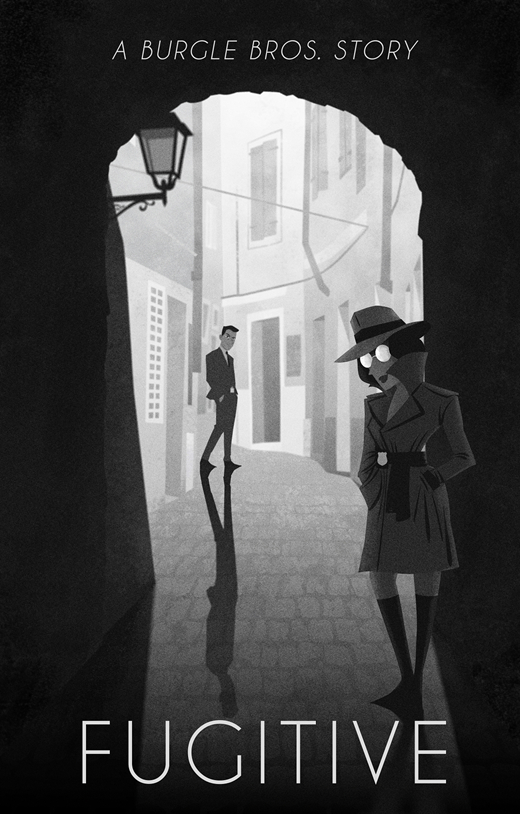 This can seem rather anticlimactic at first, but while the Marshal admittedly has far fewer rules attached to their role (which is rather ironic if you think about it), it isn’t devoid of challenge. Honestly. While, yes, the first few turns for the Marshal consist of blindly guessing whether a possible Hideout exists, the longer the game goes on, the more the tide turns in the Marshal’s favor and its strategic capabilities unfold.
This can seem rather anticlimactic at first, but while the Marshal admittedly has far fewer rules attached to their role (which is rather ironic if you think about it), it isn’t devoid of challenge. Honestly. While, yes, the first few turns for the Marshal consist of blindly guessing whether a possible Hideout exists, the longer the game goes on, the more the tide turns in the Marshal’s favor and its strategic capabilities unfold.
This adds an intriguing bit of duality to the roles. In Fugitive, the Marshal always start off far less certain of their chances, but as more cards become known and fewer cards remain available to the Fugitive, the opposite happens. Between the cards they carry and the revealed cards on the board, the Marshal is slowly able to calculate and decipher more Hideouts.
Not only does this maintain and amplify the tension in the game, but it does so in a rather flavorful way. After all, the more clues the cops have, the more likely the bad guy is going to be caught, symbolizing their odds of escape dwindling inside a slowly closing trap. Thus, the more cards a Marshal draws and the more Hideouts are revealed, the fewer cards – and opportunities for escape – remain for the Fugitive.
That said, this doesn’t mean the Marshal will always catch their quarry, and time isn’t necessarily on their side either. In order to win, the Marshal must end their turn with every Hideout card on the board revealed. If they do that, there will likely be a big promotion waiting for them back at HQ. Fall too far behind, and you may get bumped back down to writing parking tickets. It may be guessing, but as the game evolves those guesses become more and more informed.
Moreover, Fugitive further reinforces this idea of chasing and hiding via the game’s excellent noir-style comic artwork. Viewed sequentially, the cards depict the story of the current chase from start to finish, providing this otherwise abstract small box game with a delightful bit of theme.
Whether you catch your perp or get away scott-free, Fugitive is a clever little card game whose potential is easily more than the sum of its parts. Its short play time and diametrically opposing roles affords you an entirely different feeling depending on which side of the table you’re on. Against a fitting visual aesthetic, Fugitive has ample room for bluffing, number crunching, and continually trying to get as much of an advantage on your opponent as you can. At its most basic Fugitive is a short and straightforward abstract card game, but it is admirable how often the game’s premise winds its way into the experience all the same. If you let it, that is. Fugitive is the type of game that relies on both sides actively trying to win; if one side isn’t invested the allure of the chase diminishes fairly quickly. However, if a light battle of wits sounds like your kind of case file, then come see if you have what it takes to outsmart your opponent in this great little post-caper endeavor. We’ll even start you off with a pretty big clue as to its whereabouts: you can find the Fugitive dossier right now over on Kickstarter.
![]()
Photo Credits: Fugitive cover and artwork by Tim Fowers.



